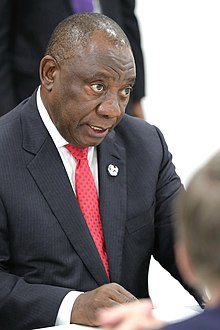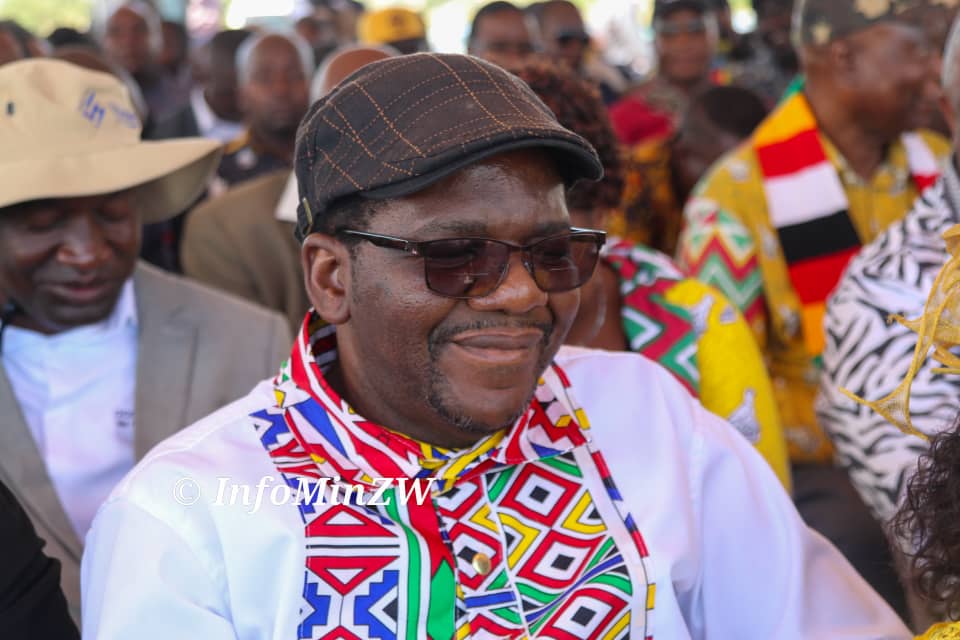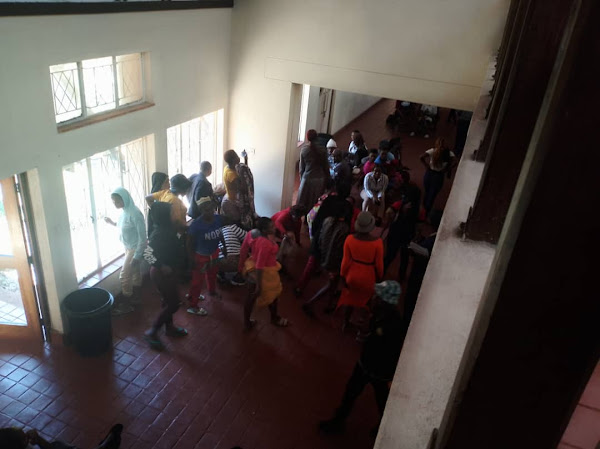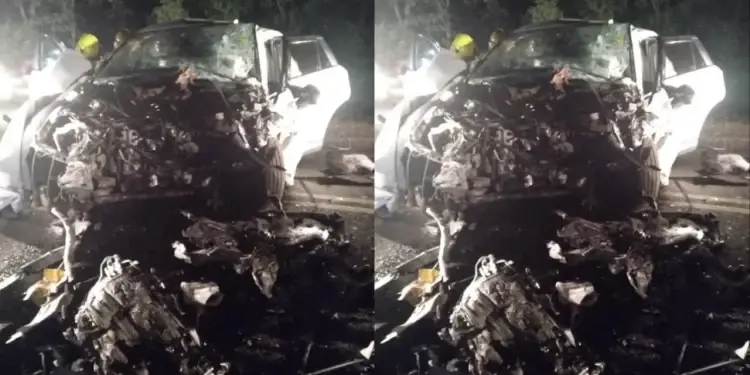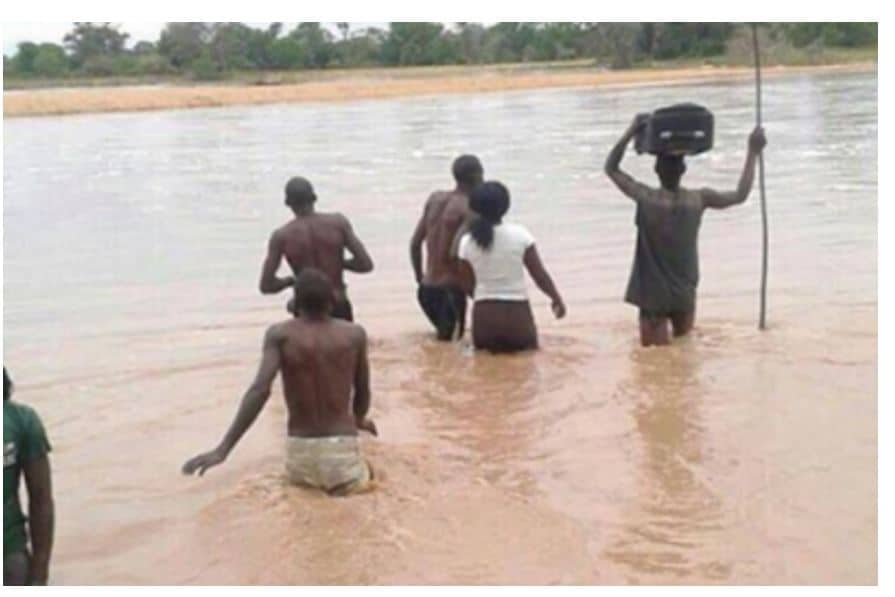The era of load-shedding in Zimbabwe is over and the current power outages being experienced in some areas are a result of faults and vandalism, a senior Government official has said.
Permanent Secretary in the Ministry of Energy and Power Development Dr Gloria Magombo said the country had enough electricity supply and was working on further increasing its power generation capacity.
Delays by residents in reporting faults and cases of vandalism and damage to infrastructure were resulting in prolonged outages.
Speaking at the national energy efficiency policy workshop in Harare yesterday, Dr Magombo said: “The era of load shedding is behind us. The current challenges we are facing are mainly due to faults. When we are getting to the rainy season, it becomes windy and a lot of suburbs have been affected in the past weeks.
“Vandalism is also one of our biggest nemesis which continues to be on the rise, we appeal to stakeholders that we work together to stop this nemesis. We are doing everything to improve on the infrastructure,” she said.
A team of Italian engineers was back in the country to complete refurbishment works at Hwange Thermal Power Station after they were forced to return to their country during the Covid-19 induced lockdown.
The refurbishment works are expected to add 300MW to the national grid.
“At the time of going into lockdown in March, we had two units — unit three and unit six — which were under repair and maintenance and unfortunately the specialists working there had to go to their home countries.
“They have come back to work on unit six and we already have some people working on unit three and some will be coming by the end of month. We are now back on the programme and we expect the units to be done before the end of November or early December,” said Dr Magombo.
In a speech read on his behalf by his deputy Magna Mudyiwa, Energy and Power Development Minister Zhemu Soda said the Government had put in place measures to promote a culture of energy saving.
“Government is also working on the implementation of the Sustainable Development Goal number 7 (SDG 7) which requires that we increase the use of renewable energy and double the improvement in energy efficiency by 2030.
“The power and fuel supply situation in the country has greatly improved compared to last year. The power demand is approximately 1 470 MW at this time of the year. This demand is met through local power generation and imports from our neighbours, mainly South Africa and Mozambique,” said Minister Soda.
The United Nations Development Programme (UNDP) is supporting Zimbabwe in the formulation of the energy policy.
UNDP Country Representative Mr Georges van Montfort hailed Zimbabwe on the steps done in energy efficiency, saying they were excited to partner the Government.
“We have seen the entrepreneurial spirit of the Zimbabweans in overcoming the energy challenges and — while I do not have the scientific evidence — the growth of the solar industry in Zimbabwe has been unprecedented.
“UNDP is supporting a study on energy efficiency, which will feed into the National Energy Efficiency Policy.
“Under the nationally determined contributions, Zimbabwe is expected to reduce its emissions by 33 percent per capita by the year 2030 in the energy sector which contributes to more than 50 percent of the emissions,” he said.
Meanwhile, Zimbabwe and Zambia have through the Zambezi River Authority (ZRA), launched a five-year strategy to boost water infrastructure development, increase power generation and boost the socio and economic development for both countries among other things.
According to the 2020-2024 strategy, demand for electricity in Zambia and Zimbabwe is projected to grow to 6 713 megawatts and 6 344 megawatts by 2045.
Construction of the Batoka Gorge Hydro Electric Scheme with an installed capacity of 2 400 megawatts and producing 5 035GWh firm energy annually, will be a game changer in boosting socio-economic development and public value.
This will in turn provide affordable energy and reduce the power deficit in Zimbabwe and Zambia.
Officially launching the strategy on a virtual platform yesterday, ZRA chairperson and Permanent Secretary in the Ministry of Energy and Power Development, Engineer Gloria Magombo said the strategy was expected to increase water storage volume on the Zambezi River Basin catchment from the current 181 billion cubic metres to 182,65 billion cubic metres by 2024.
She said the strategy would also focus on improvement of corporate governance and compliance, increased access to sustainable social amenities by US$1,2 million by 2024, integrated Zambezi River Basin management, change management, partnership relationship management, performance management and financial sustainability.
“The Corporate Strategy for the period 2020-2024 which we are launching today was formulated through wide consultative participation of both internal and external stakeholders. The preparation involved undertaking several consultative activities which included one to one interviews, focus group discussions, workshops, field research and desk research among others, in both Zambia and Zimbabwe and beyond in some instances.
“We are looking at being a model organisation in dam and water resources management in the Zambezi River Basin. This is the area of the basin which is bordering between Zambia and Zimbabwe and key to this development is based on the values for all stakeholders which we have come up with which are shared values. Those values are anchored on safety because when we deal with huge water sources, safety is critical but also when you look at honesty, integrity, professionalism and respect (Shipre)” she said.
In a follow up interview, Eng Magombo said there was a possibility of increasing power generation capacity along the Zambezi Basin and there were various key result areas.
“This is not just the integration of the Zambezi River Basin but we are looking at how to improve on the water storage infrastructure and increase its capacity.
Eng Magombo said they were also looking at working on the feasibility studies of increasing additional capacity along the Zambezi on the Devil’s Gorge.
“We want to ensure that within five years, these projects are funded and we want to ensure all of these projects are done taking into consideration issues of the environment management and protection. There will also be issues financial sustainability, performance of authority and stakeholder satisfaction will be driving this.
The Zambezi River Authority is an organisation connecting Zimbabwe and Zambia in their quest to promote socio-economic development and has a statutory mandate to operate, monitor and maintain the Kariba Complex and any other infrastructure on the stretch of the Zambezi River which forms a common border between the two countries.
-Herald





